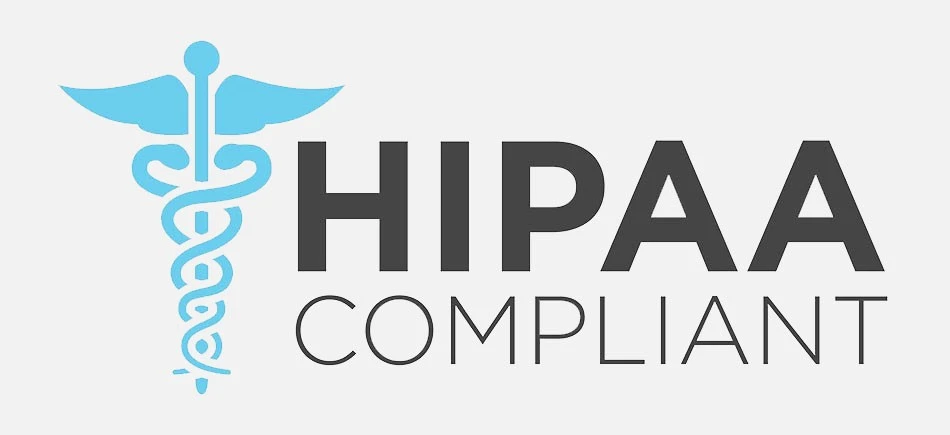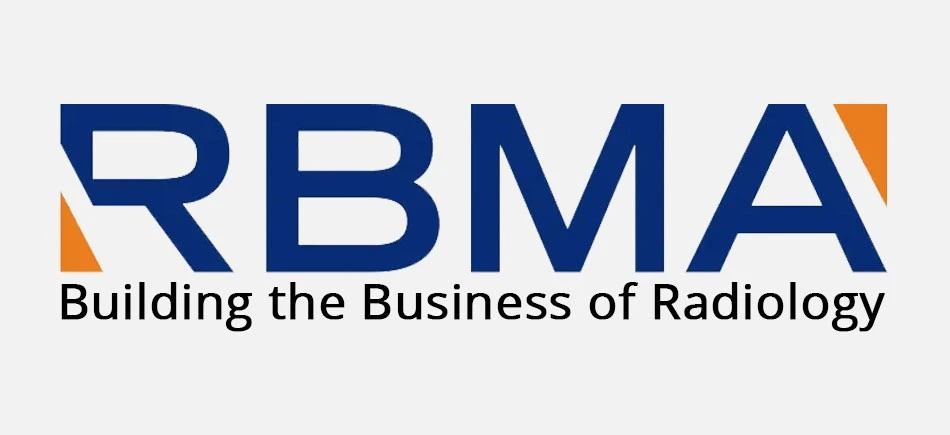ICD-10: Dos and Don'ts
The 10th revision of the International Statistical Classification of Diseases and Related Health Problems, also popularly known as ICD-10 is a medical classification list published by the World Health organization (WHO). ICD-10 consists of an all-inclusive list of diseases, signs, symptoms, geographical factors linking diseases, social circumstances, etc.
Comprehensively prepared, this large collection of more than 14,400 medical codes permits physicians the world over accurately diagnose diseases, as well as track new ones. Today, most of the medical offices and healthcare practitioners are seeing the benefits of implementing ICD-10 first-hand, but there are still some organizations struggling to adapt to the sweeping changes brought in by it, and thereby failing to implement it properly for better functioning and regulatory compliance.
The ICD-10 Code Structure

The ICD-10 code structure is built in such a way that physicians, practitioners, and the healthcare billing department can easily detect what the code stands for. Codes mentioned under the ICD-10-CM code set can have three, four, five, six, or seven characters. Most three-character codes are used as headings for creating new codes, and a code using only the first three digits cannot be further subdivided. On the other hand, a code with more than three characters generally adds more specific details regarding a diagnosis, including anatomical site, etiology, and severity (fourth, fifth, and sixth digits).
The final seventh character represents the main difference between ICD-10 and its previous versions. A seventh character is assigned primarily when the main diagnosis falls under Chapter 15 (Pregnancy, childbirth and the puerperium) or Chapter 19 (Injury, poisoning and certain other consequences of external causes). The seventh character, therefore, provides more information about individual care episodes.
Dos & Don't of ICD-10
The start date for ICD-10 implementation was October 1, 2015, but the effect of ICD-10 implementation can be seen even now, as more healthcare practitioners struggle with the sweeping changes brought in by the ICD-10 transition at their workplace. We understand how healthcare works, and our top 6 things to consider in ICD-10 implementation will help you make the ICD-1O transition period easier for your employees without affecting your revenue cycles.
-
Know Who Your Stakeholders Are
The ICD-10 transition, if not already done, will affect all your staff members and their individual workflows. For most practices, this list of stakeholders includes service providers, coders, billers, managers, and outside partners such as diagnostic labs, software vendors, etc. It is imperative that you ask each stakeholder to conduct an ICD-10 impact assessment as soon as possible, so they can form a cohesive idea about how much impact they would receive because of the ICD-10 implementation, allowing them to prepare, train and, test beforehand.
-
Don't Prepare for Each and Every ICD-10 Code
The number of codes you would have to deal with under ICD-10 will increase by the thousands! So how does one prepare for each one individually? The answer is quite simple really, as the best way to prioritize ICD-10 conversions is to focus on only the ICD-10 codes that would impact your business. This will not only help you make the best out of your limited resources but also instill greater confidence amongst your workers. At the same time, always refrain from creating a cheat-sheet of sorts for the most commonly used ICD-10 codes, as with a cheat-sheet, physicians can get more comfortable than they necessarily should, which could later lead to the wrong assignment of codes.
-
Appoint a Project Manager
You should always appoint a project manager to lead your team through the ICD-10 transition. Make the person responsible for leading the initiative when it comes to working with individual team members so as to pinpoint relevant workflow changes, the timeline available to make these changes, as well as the overall costs associated with the changes.
A great project manager should be able to break down communication silos between different teams, helping everyone realize the importance of ICD-10 implementation and its overall impact on daily processes.
-
Don't Leave Budgeting for Later
One of the biggest mistakes that healthcare businesses make is that they leave the budgeting costs associated with ICD-10 implementation till very late. Most stakeholders are unaware of the fact that ICD-10 transition comes with a cost attached to it and therefore fail to include the same within their budgeting spend, which in turn leads to problems later on. Some of the costs associated with ICD-10 implementation include -
- Training materials, courses, and programs to teach ICD-10 awareness
- Practice management and other EHR software
- Legal fees which need to be paid in order to update policy documents and contracts
- Cash flow reduction due to changes brought in by ICD-10 implementation, since coding time, backlog, and turnaround time would increase
-
Implement a Training Plan for Each Team Separately
You should always strive to design a training plan which fits the role each and every team plays in your organization. ICD-10 affects everyone's job differently, so it's better to be forewarned than having to deal with the ICD-10 implementation closer to your set deadline. You should also ensure that there is enough time on hand to update the different policies and procedures that affect your workflow, such as coding procedure updates, claim rejection auditing workflows, etc.
-
Test Frequently Before Going Live
ICD-10 transition is not an easy task, and since there are so many interconnected departments involved in the transition, it is imperative that you run several real-life test scenarios leading up to the ICD-10 implementation deadline at your business to identify the problems. You should also make it a point to test your entire revenue cycle so as to understand which cogs need tweaking since revenue should not take a major hit because of the upcoming ICD-10 implementation.
The Benefits of Implementing ICD-10
ICD-10 brings in the most significant number of changes in the history of ICD, and although disruptive in nature, it also promises to allow easier implementation of future revisions, while providing higher-quality information and better healthcare service care, quality, and efficacy. Some of the benefits include -
- Better automated tools for the coding process
- Reduced claims adjudication and submission costs
- Lesser faulty and improper reimbursement claims
- Greater interoperability between different healthcare teams
- Significantly reduced coding errors
- Better chances at detecting and preventing healthcare fraud and abuse
- Significantly easier to educate customers and patients on costs and the outcome of various treatment options
TAT 98% Accuracy 40% Cost Reduction 300+ Customers 27 years Experience
Customer-oriented healthcare outsourcing is our forte. Get in touch with us
Choose Outsource2india for ICD-10 Compliant Healthcare Services
With over 27 years of experience in providing high-quality healthcare BPO services, we are one of the few medical outsourcing service providers who are not only ICD-10 compliant, but are far ahead of the curve when it comes to ICD-10 implementation!
Our resources are well trained in all aspects of ICD-10 implementation, and we are quick to adapt to changing reimbursement schedules and policies, ANSCI reporting processes, etc.
Contact us right away and learn more about our medical billing and coding services.
Get a FREE QUOTE!
Decide in 24 hours whether outsourcing will work for you.
Have specific requirements? Email us at: ![]()
Key Differentiators
Software At O2I Healthcare
Specialties HIPAA Compliance HIPAA 5010
Standards Compliance CPT Coding
Compliance Healthcare
Processes Medical
Billing Process Charge
Entry Process Medical
Coding Process Medical
Claims Process FAQs on Medical Accounts
Receivable Services FAQs on Outsourcing
Claims Adjudication Services Medical
Transcription Process HL7 ICD-10 Compliance
-
 Outsourcing Medical Billing Services - Evaluating its Impact on Your Practice
Outsourcing Medical Billing Services - Evaluating its Impact on Your Practice
-
 US-based Healthcare Research & Consulting Firm Approached O2I For Medical Transcription Services
US-based Healthcare Research & Consulting Firm Approached O2I For Medical Transcription Services
-
 Outsource2india Provided Patient Onboarding Services to a Leading Healthcare Company
Outsource2india Provided Patient Onboarding Services to a Leading Healthcare Company
-
 Outsource2india Assisted a Florida-based Medical Billing Company with ICD-10 Implementation
Outsource2india Assisted a Florida-based Medical Billing Company with ICD-10 Implementation
-
 Caribbean Radiologists Got STAT Reports Automation Services from Outsource2india
Caribbean Radiologists Got STAT Reports Automation Services from Outsource2india
-
 Outsource2india Helped a Medical Imaging Firm with Quick Teleradiology Services
Outsource2india Helped a Medical Imaging Firm with Quick Teleradiology Services
















 \
\






